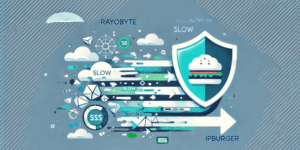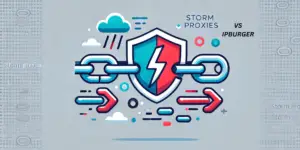In this generation, there’s nothing more exciting than being connected to a free WIFI. With free WIFI, you can do almost anything that strains your data plan. Most people will use free WIFI even to check their bank accounts and other sensitive information. Free WIFI is mostly found in public places which are commonly referred to as public WIFI hotspots. These places include cafes and restaurants, airports, public halls and even in waiting areas.
Le WIFI public est une bonne chose, mais la plupart du temps, il n'est pas sécurisé car tout le monde peut s'y connecter. Cela signifie que même les personnes ayant des intentions malveillantes peuvent s'y connecter et faire des ravages parmi les utilisateurs peu méfiants.
Avec de simples outils, des personnes malveillantes peuvent accéder à toutes les informations qu'elles souhaitent à partir d'un réseau WIFI public. Voici comment ces outils fonctionnent ;
- Attaques de l'homme du milieu (MITM) - Il s'agit de la première attaque qu'un individu malveillant effectue lorsqu'il se connecte à un réseau WIFI public. Dans le cadre d'une attaque MITM, un individu intercepte votre trafic réseau avant qu'il n'atteigne sa destination.
- Spoofing – This is a technique of masquerading or imitating a legitimate entity. For instance, after a MITM attack, a malicious person can impersonate the receiver and send messages back to you. Malicious people can even launch a complicated attack; website spoofing. Unsuspecting users will log into/access the website thinking it’s the legitimate one.
- Snooping – Snooping is technically referred to as sniffing. Using this method, malicious people capture your internet traffic in terms of packets and analyze it.
- L'écoute - Il s'agit essentiellement d'écouter ce qui se passe sur un réseau WIFI public à l'insu de l'utilisateur. Grâce à l'espionnage, une personne malveillante peut accéder à vos messages et à vos conversations.
Using the above techniques, malicious people can access everything they want in a network. Here what the techniques can uncover in an unsecured public WIFI;
1. IP address and MAC address
MAC address is a unique physical address that is used to identify devices on a network. An IP address, on the other hand, is also a unique address that is used to identify a device and also enable communication via the network. Unlike the MAC address, an IP address is not physical. With these two addresses, a malicious person can impersonate you and perform other attacks which will, in turn, seem to come from your device.
2. Identifiants de connexion
With the techniques above, malicious persons can analyze authentication packets which will in turn show login credentials. They might include; FTP logins, email accounts and passwords, and so on. This information can then be used in other hijacking attacks.
3. Fichiers envoyés/reçus
Since a malicious person can intercept your traffic, he/she can see what you have been sending and receiving. He/she can further access those files and maybe alter the information or even worse delete them. If they are sensitive, they can be used to blackmail you.
4. Sites web
Les paquets capturés peuvent révéler ce à quoi vous accédez en temps réel.
Comment être en sécurité lorsque l'on se connecte à un réseau WIFI public ?
Utilisation d'un VPN

In addition to security, a VPN can help you unblock and access restricted content in that particular website. It’s a win-win for you.



